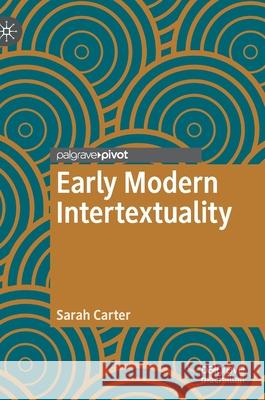Early Modern Intertextuality » książka
topmenu
Early Modern Intertextuality
ISBN-13: 9783030689070 / Angielski / Twarda / 2021 / 118 str.
Early Modern Intertextuality
ISBN-13: 9783030689070 / Angielski / Twarda / 2021 / 118 str.
cena 282,42
(netto: 268,97 VAT: 5%)
Najniższa cena z 30 dni: 269,85
(netto: 268,97 VAT: 5%)
Najniższa cena z 30 dni: 269,85
Termin realizacji zamówienia:
ok. 22 dni roboczych
Bez gwarancji dostawy przed świętami
ok. 22 dni roboczych
Bez gwarancji dostawy przed świętami
Darmowa dostawa!
Kategorie:
Kategorie BISAC:
Wydawca:
Palgrave Pivot
Seria wydawnicza:
Język:
Angielski
ISBN-13:
9783030689070
Rok wydania:
2021
Wydanie:
2021
Numer serii:
000030930
Ilość stron:
118
Waga:
0.31 kg
Wymiary:
21.01 x 14.81 x 0.97
Oprawa:
Twarda
Wolumenów:
01
Dodatkowe informacje:
Wydanie ilustrowane











